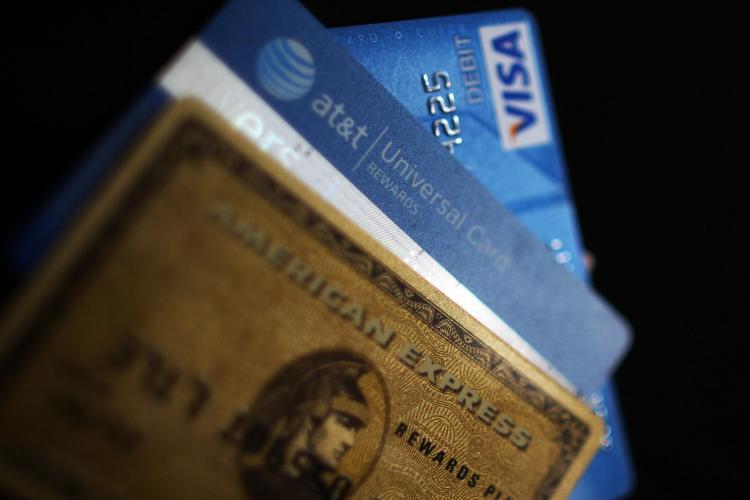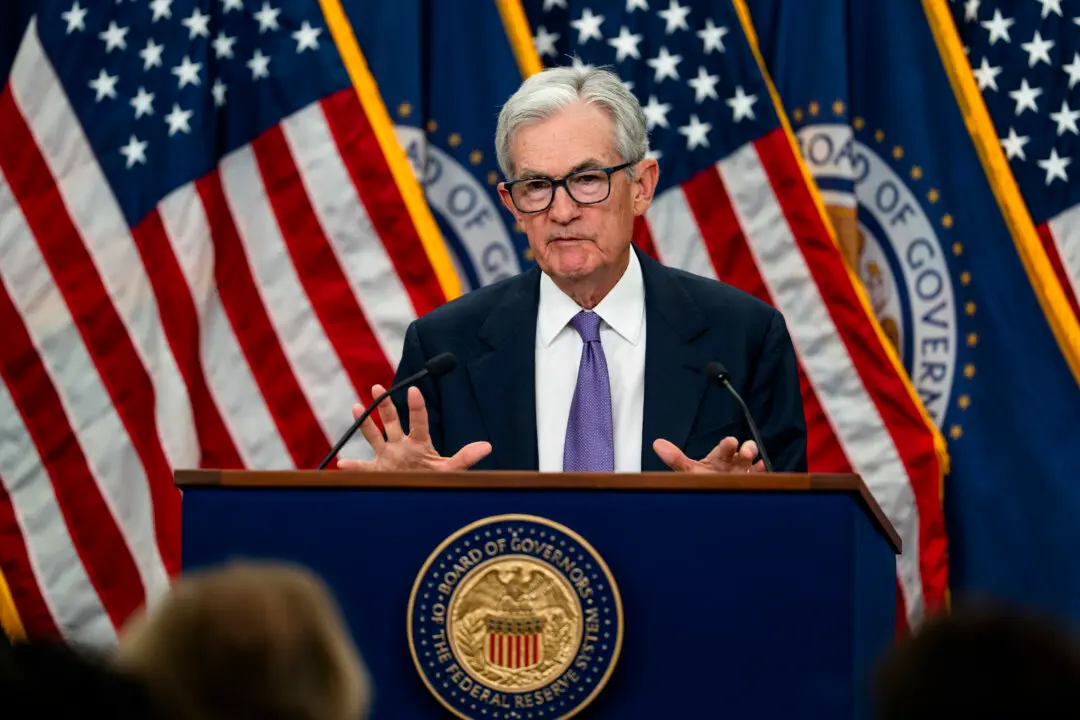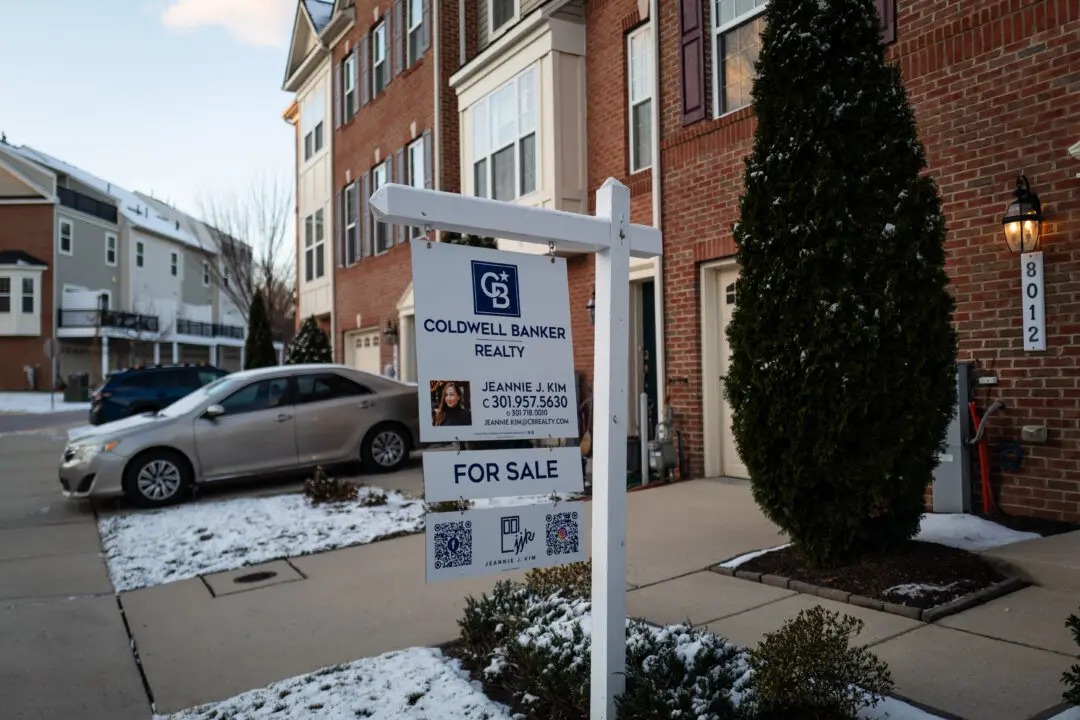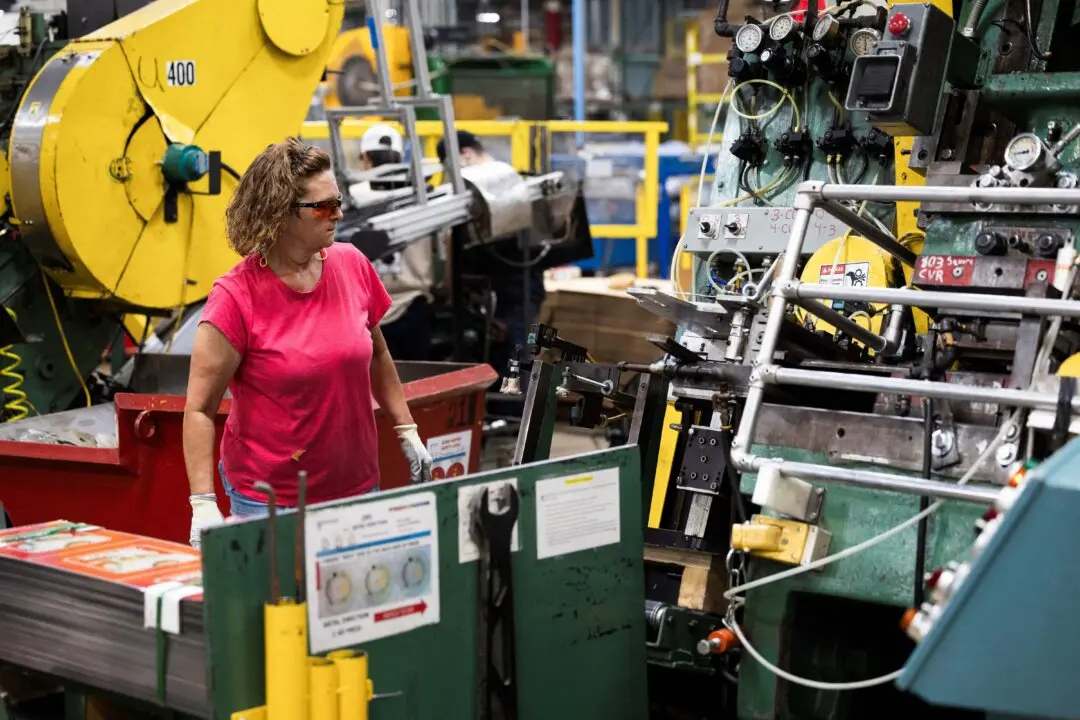As consumers grapple with surging inflation and rising interest rates, more Americans are taking on extra debt to mitigate household financial pressures, a new report found.
According to TransUnion’s Q3 2022 Quarterly Credit Industry Insights Report (CIIR), credit card balances advanced 19 percent year over year in the third quarter, to an all-time high of $866 billion. The growth was driven heavily by Generation Z and millennial borrowers, with balances expanding by 72 percent and 32 percent, respectively.





